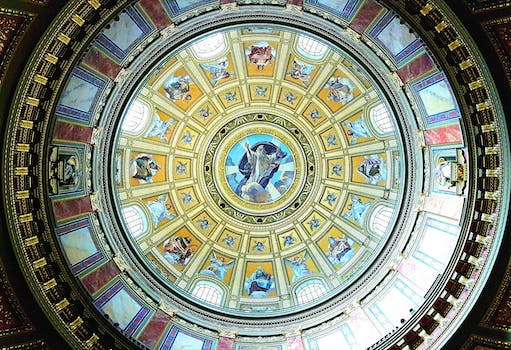Hey there, history buffs! Today, I want to delve into one of the most fascinating and consequential events in human history: the fall of the Roman Empire. As an ancient superpower that once ruled over a vast expanse of territory, its demise marked the end of an era and had far-reaching consequences that still resonate today. So, grab your togas and let’s journey back in time to explore the factors that led to the decline and fall of this mighty empire.
The Rise and Glory of Rome
Before we dive into the fall, let’s take a moment to appreciate the incredible rise and glory of Rome. From its humble beginnings as a small settlement on the banks of the Tiber River, Rome grew into an empire that stretched from Britain to Egypt and Spain to Mesopotamia. With its highly organized government, advanced infrastructure, and legendary military prowess, Rome dominated the ancient world for centuries.

Internal Decay: Corruption and Economic Struggles
However, even the mightiest empires are not immune to internal decay. As Rome expanded, its centralized government became increasingly bloated and corrupt. Political intrigue, nepotism, and power struggles plagued the empire, leading to a weakening of its institutions and a loss of public trust. Simultaneously, Rome faced significant economic challenges, including inflation, a widening wealth gap, and a reliance on slave labor that hindered technological innovation.
Military Pressures: Barbarian Invasions and Overextension
The military might of the Roman Empire was legendary, but it faced mounting pressures from both external and internal forces. The empire’s vast borders were constantly under attack from barbarian tribes, who sought to plunder its wealth and exploit its vulnerabilities. Rome’s armies fought valiantly, but the strain of defending such an extensive frontier proved to be unsustainable.
Furthermore, Rome’s ambitious expansion had stretched its resources thin. The empire faced the challenge of governing and protecting a vast territory with limited manpower and resources. This led to a gradual decline in the efficiency and effectiveness of its military, making it increasingly vulnerable to external threats.
The Final Blow: Political Instability and the Fall of Rome
The fall of the Roman Empire was not a sudden event but rather a gradual decline that spanned several centuries. However, one event stands out as the final blow that brought the empire to its knees: the sack of Rome in 410 CE by the Visigoths, led by King Alaric. This shocking event sent shockwaves throughout the empire and marked the first time in 800 years that the city of Rome had been captured by an enemy force.
The sack of Rome symbolized the crumbling power of the once-mighty empire. It shattered the illusion of invincibility that Rome had long held and further eroded public confidence in the government’s ability to protect its citizens. In the years that followed, Rome faced more invasions, including the infamous fall of the Western Roman Empire in 476 CE, when the last Roman emperor, Romulus Augustus, was deposed by the Germanic chieftain Odoacer.
The Legacy of Rome
While the fall of the Roman Empire marked the end of an ancient superpower, its impact on Western civilization cannot be overstated. The Romans left behind a rich legacy of laws, language, engineering marvels, and cultural achievements that continue to shape our world today. From the enduring influence of Roman architecture and literature to the foundations of modern governance and legal systems, we owe a great debt to this remarkable civilization.
So, there you have it, folks – the fall of the Roman Empire in a nutshell. It’s a tale of power, corruption, economic struggles, and military pressures that ultimately led to the demise of a once-mighty superpower. As we reflect on this pivotal moment in history, let’s remember that even the greatest empires are not immune to the forces of change and the passage of time.
Until next time, happy exploring!
